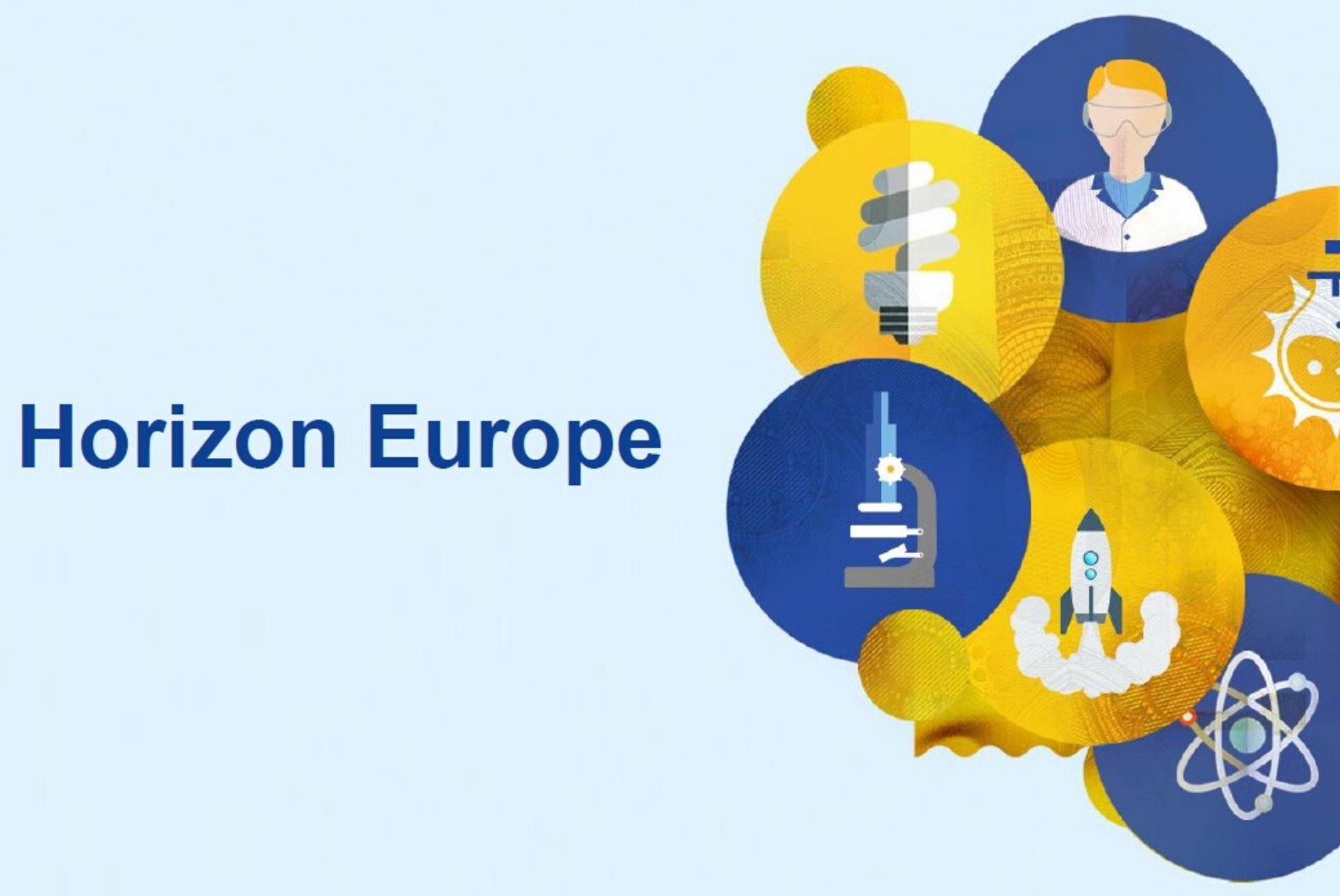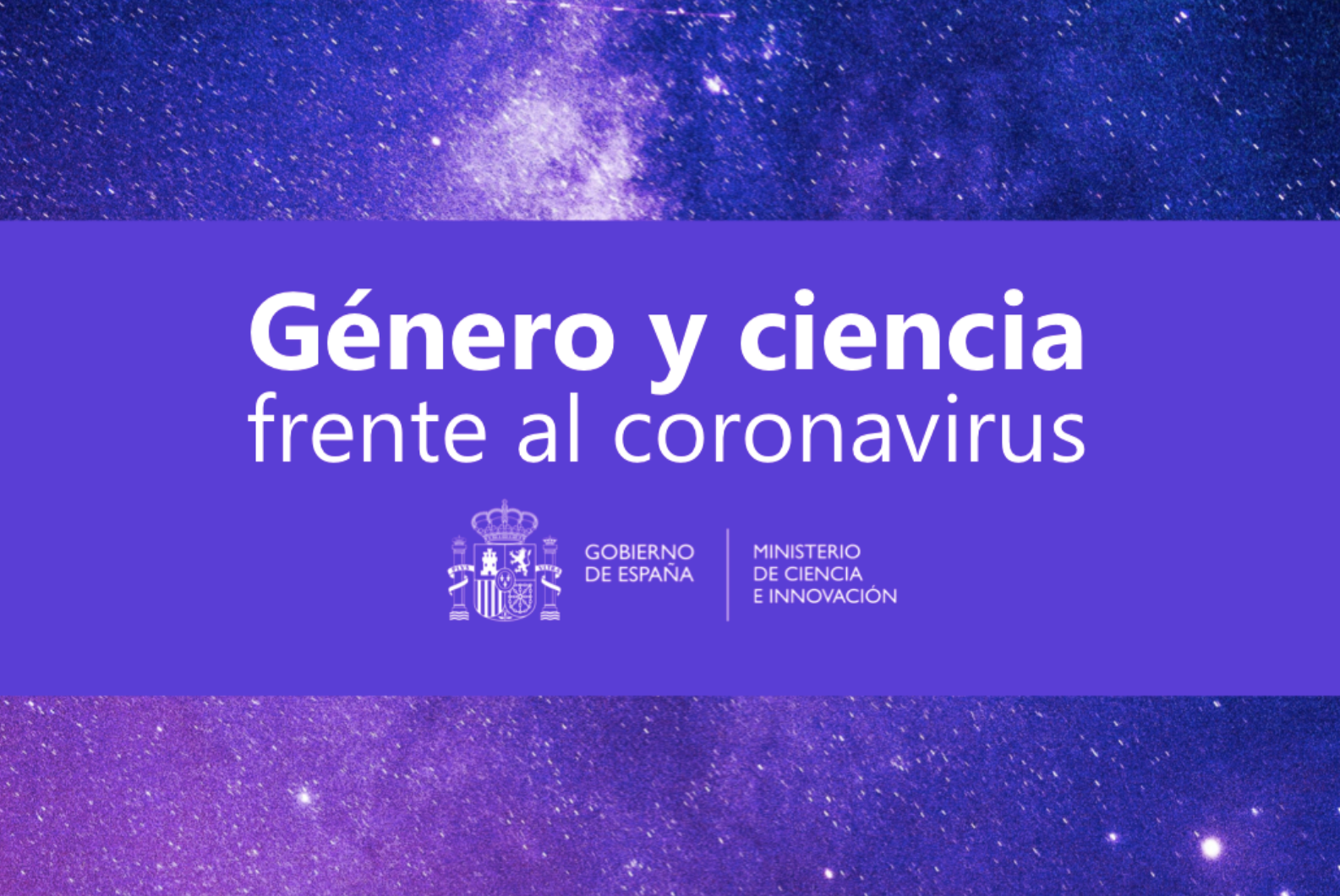Return to “normalcy”? Gender-sensitive policies for institutional change after the Covid-19 crisis
By Francisco Rodrigues, Center for Social Studies – University of Coimbra
The escalation of the COVID-19 crisis into a global pandemic brought about unique set(s) of circumstances and resulted into a period of uncertainty and inconvenience, as the paradigm of social and professional relations quickly shifted.
Much has been written and discussed about the possibilities of accelerating progress on various fronts, by capitalizing on the adaptations and solutions brought about by this new reality. The same logic can be applied to the higher education context and gender equality, by recognizing and understanding the many issues, both new and old, that the current crisis brings (see, for example, Malisch et al, 2020), in order to identify any windows of opportunity that may exist.
Uncertainty, by its essence, raises questions. Combined with inconvenience in the form of loss, harm, or drawbacks, it may become the incentive for the development of answers: solutions towards effectiveness, comfort, productivity and the overall betterment of the situation.
Communication technologies in general, and the Internet in particular, have been instrumental in the development of the current workplace, as their ever-growing ability to communicate instantly, more effectively, and providing tools to solve more complex problems is the defining feature of the present moment in almost every sector of activity. However, there is an inescapable lag between technological development and its widespread use.
Many higher education institutions are clear examples of this, integrating newer technologies at slower paces due to a variety of factors, such as scale – large numbers of staff and students; internal variability – multiple campuses, units, types of staff and areas of activity; non-profit purpose – making funding and liquidity dependent on external sources; and traditional organizational structures – bureaucratic and hierarchical, with multiple governing bodies and levels of autonomy.
E-learning is an interesting example, an area that has been in development and that became mandatory during the pandemic. Since it has not been a priority in many institutions, responses were varied in terms of quickness, quality and sustainability. In general, there seem to be two main takeaways: one negative, as the immediate surge of demand presented issues of inequality and inclusivity beyond the inter-institutional. Within institutions, systems and procedures had to support a much greater variety of student and teacher contexts (gendered family structures and responsibilities, disparate internet access and digital competencies, disabilities and impairments…) at the risk of deepening existing inequalities. One positive, as it highlighted that physical proximity is not a requirement for quality education, as long as teaching and assessment solutions are aptly adapted. Information technologies have been organically gaining ground and have proven to be a powerful tool that can be used strategically to improve the quality, inclusivity and sustainability of the higher education sector.
In tandem, work-life balance provisions, a cornerstone of feminist approaches to gender equality in higher education (and the workplace in general) became a topic of public concern and debate. On one hand, the viability of telework and flexible work schedules for many roles was demonstrated when people were forced to work from home. On the other hand, this was far from an idyllic scenario, as it gave way to generalized negative tendencies (EC, 2020 ; Rodier, 2020) and specific problems, such as the steep decline in the submission of scientific papers by female authors (and sometimes an increase in male authorship), suggesting that the domestic workload became an even greater burden for women, leaving less time for research activities (Vicent-Lamarre, Sugimoto, Larivière, 2020). Once again, this double-edged sword may be positively thrusted, as the discussion on ways to move forward unravels and gains institutional and political traction, with efforts towards swift and effective solutions (Vargas Llave, Weber, 2020).
As a final remark, specifically towards the development of post-COVID gender sensitive policies, it should also be noted that in a return to “normalcy”, the gendered dynamic will not be the same in regards to multiple variables, such as the constant presence of children at home, homeschooling, mental health, free time use. This means measures and strategies developed to take into account the COVID confinement are likely suitable for future scenarios that are not as extreme. Therefore, if upcoming policy changes are done taking into account this experience and gender equality aspects, they may be transformed into opportunities to advance gender mainstreaming, both in the particular effects of the COVID pandemic and transversal issues, making institutions more resilient to future social crises.






